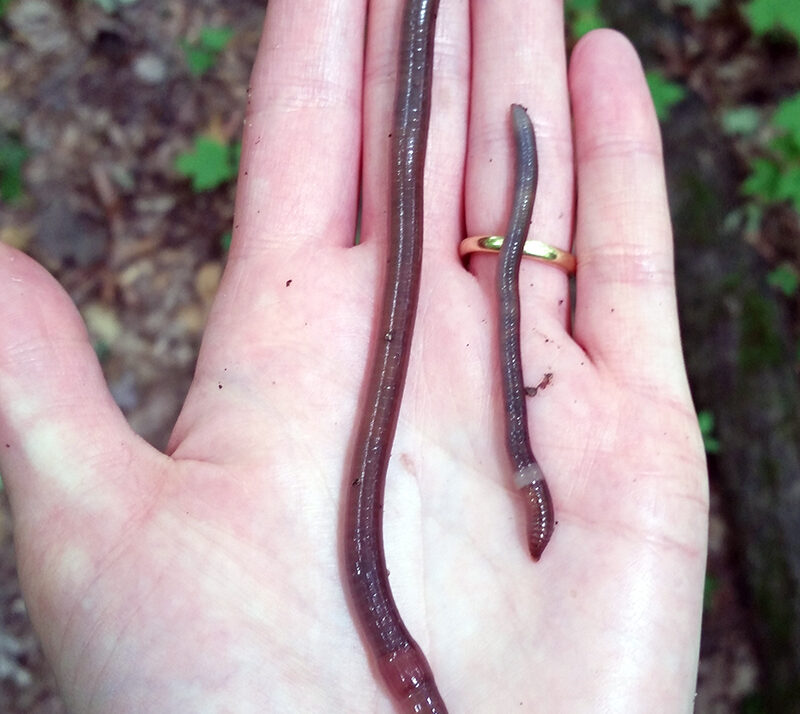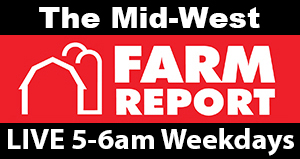
Worms. That’s nothing new to us, but jumping worms on the other hand, may be. Jumping worms are newer to Wisconsin and can be mistaken as a small snake. PJ Liesch, director of the UW-Madison Insect Diagnostic Lab and state entomologist, says while similar to earthworms, the jumping worms have very unique behaviors.
According to the Wisconsin DNR, the “jumping worm” is an invasive earthworm native to East Asia. This active and damaging pest was found in Wisconsin in 2013. It is known and sold under a variety of common names including crazy worms, Alabama jumpers and snake worms.
The name given to the worms really speaks to what it does. They slither and thrash when handled and behave more like a threatened snake than a worm. Jumping worms can be 1.5 to eight inches long. The narrow band around their body (clitellum) is cloudy-white and smooth, unlike other species which have a raised clitellum. A jumping worm’s clitellum will also completely circle the body.
“The analogy I like to use is to take your run of the mill earthworm and give it a triple shot of espresso,” says Liesch. “They seem to do everything faster, from eating to reproducing and so on. Most earthworms have one generation per year but jumping worms can go through two and reach maturity twice as quickly.”
Jumping worms change the soil by disrupting the natural decomposition of leaf litter on the forest floor. They turn good soil into grainy, dry worm castings that cannot support the understory plants of our forests. In residential and urban areas they can also harm your grass and more commonly your gardens.
“Unfortunately we don’t have a real silver bullet way to eliminate them at this point as there aren’t any pesticides that are currently labeled for use specifically, on earthworms. So if you’re considering getting plants, make sure those come from a reputable source.”
Liesch says that anybody doing a back yard project requiring mulch, or root stock, should be aware of the jumping worm risk, and discuss it with the people helping you install the components.
While these worms can affect gardens and plants, so can pollinators. Pollinators are critical this time of the year as they help our crops to grow. In May some communities are participating in “No Mow May.” This concept means to take your lawn or turf and not mow or not as often. When you do mow, Liesch suggests using a shorter blade so the grass is still a bit longer.
“This is important because while we may see dandelions or clovers and think of them as weeds, they are an essential nectar source for our state’s pollinators.”

Leave a Reply